Back-to-School Dental Care
Encourage good habits at school for healthy teeth and gums.

Whether your child is starting kindergarten or heading off to college, their oral health can affect their ability to study and learn. Scheduling their dental checkup can sometimes be a challenge. Take time to call for an appointment at least a couple of months before school begins.
Student Dental Health
Success at school can be influenced by a child's oral health. Studies have shown an association between oral health and academic performance.
Help Your Children Stay Healthy
Take them to the dentist before school starts. Ask the dentist about sealants and fluoride to help prevent tooth decay.
Remind children to brush twice a day for two minutes at a time and floss daily. Supervise your young children's flossing until they can do it on their own with ease. Many children cannot floss properly until about the age of 10.
Make it fun for your children to brush and floss. Involve them in choosing the type of toothbrush, dental floss and fluoride toothpaste they use. The more involved children are, the more likely they are to form good oral health habits that last.
Try playing your child's favorite two-minute song or using a sticker calendar to track how often they are brushing and flossing.
Good Snacking
It is important to establish good eating and snack habits when your children are young. Snacks can offer important vitamins and minerals. Careful selection of snacks can play a role in healthy teeth. Encourage children to make healthy snack choices.
To help reduce their risk of dental disease, pack lunchboxes and encourage school lunches with healthy alternatives.
Select nutritious foods such as fresh fruits, vegetables and nuts instead of chips or crackers. Sliced bananas, strawberries and kiwi add color and are a tasty snack.
Sugary foods like granola bars and candy should be provided infrequently. Offer crunchy fruits and vegetables or cheese instead.
Promote drinking water instead of sugary drinks. Water simply can't be beat for a healthy drink. It does an excellent job of rinsing the teeth, diluting acids and, when fluoridated, can actually promote the growth and development of stronger teeth.
Be aware that snacks from school vending machines are mighty tempting. Promote healthier vending machine options at your child's school.
Mouthguards
Back to school means that many children are returning to sports activities. Children involved in sports that place the teeth at risk of injury should wear a mouthguard. Mouthguards are an important and simple measure that can aid in the prevention of dental trauma.
Teach children that mouthguards are priority equipment for participating in any sport that could result in a knocked-out or fractured tooth.
Encourage children to wear mouthguards at a young age so they can get in the habit of protecting their teeth for a lifetime.
Accidents happen not only during official games but also during informal play. It is equally important to wear protective mouthguards during practice and warm-ups.
Many things influence a child's progress and success in school, including dental health. Children must be healthy to learn, and children with tooth decay or mouth injuries may not have the attention span to concentrate. For most individuals, tooth decay is almost entirely preventable. By providing proper instruction, monitoring and offering encouragement and a positive attitude, you can help your children develop and maintain a healthy attitude about the importance of oral health.
Note: The information in this article is not meant to replace the advice of your dentist or another licensed healthcare professional. Talk to your dentist for any specific dental advice.
Sources: American Dental Association: https://www.mouthhealthy.org/life-stages/babies-and-kids/what-to-expect-at-your-childs-back-to-school-dental-visit Journal of Pediatrics: https://www.jpeds.com/article/S0022-3476(19)30135-0/abstract






